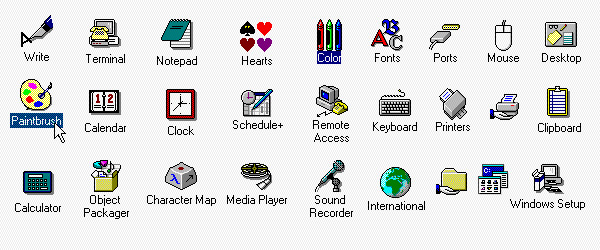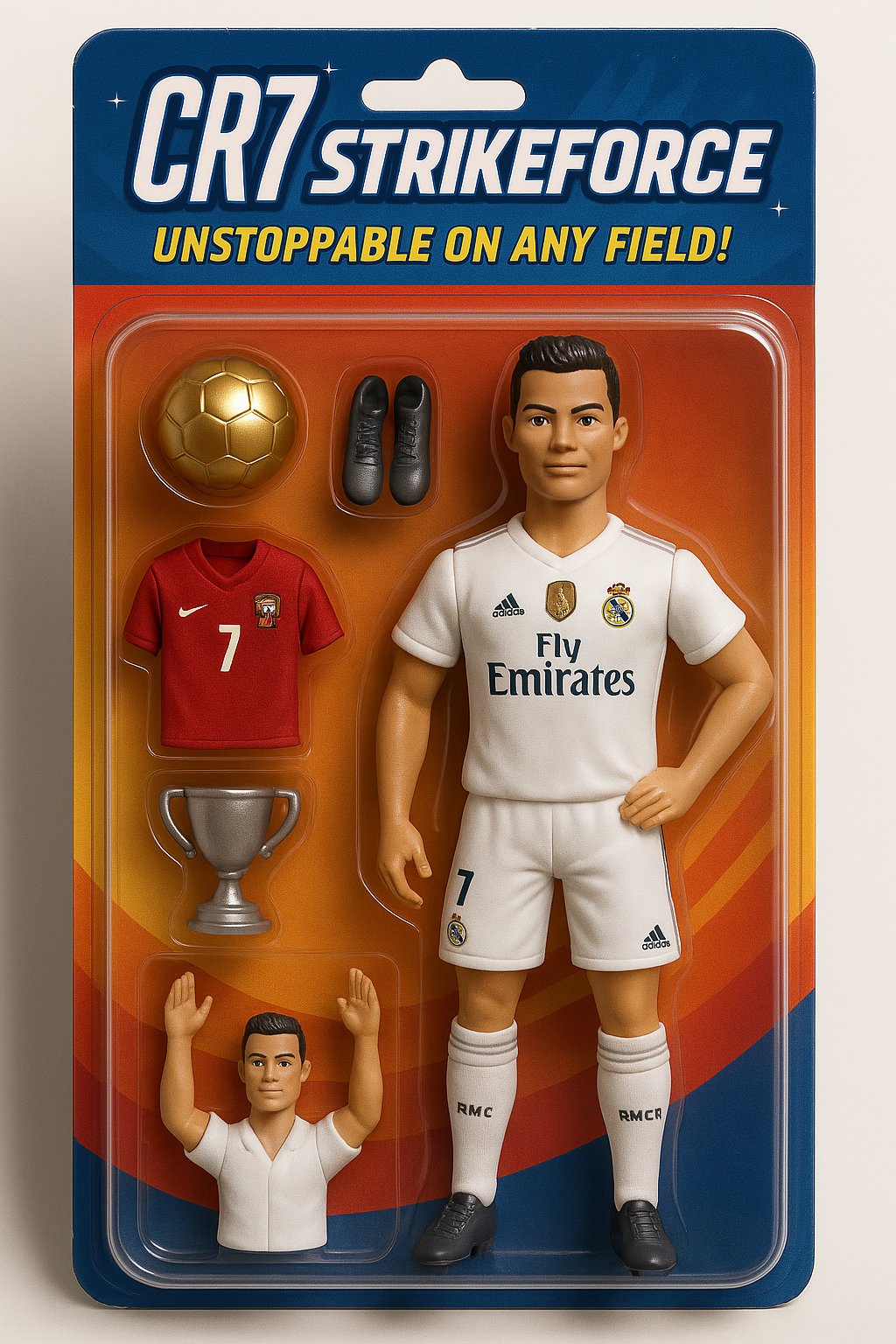On Simplicity

I have previously written about social adoption being the true barrier to technology adoption, and simplicity being the barrier to early social adoption. So let's talk about simplicity.
An idea or tool is considered simple when it is familiar, legible, and can be composed without losing its essence.
...
Familiarity
Simple things feel similar or map to familiar things.
Initial computer design choices are a good example. Early GUIs used familiar concepts and icons for entities and actions. Think files, folders, and the recycle bin. It's why we use the receiver icon for phones and floppy disks for saving even though neither of them are still in use. 1

Notion is an attempt to move away from the limitations of those choices. 2
Legibility
Simple things are easy to perceive. You should understand most of it the first time you encounter it.
Dropbox provided a simple cloud-based file transfer solution at a time when it didn’t make sense to most people. The implementation of that solution was so legible to folks on Hacker News, that someone famously derided it. 3 But it didn’t click for most people until Dropbox solved it.

Image generation models have been around for a few years now. Real consumer adoption is just showing up. After OpenAI’s recent update to ChatGPT image generation capabilities, social media feeds were filled with people rendering existing images in Studio Ghibli style. Then came the action doll kit craze that made it all the way to LinkedIn. 4
Composability
When an idea or tool is familiar and legible, it shouldn’t take much effort to connect it to other ideas. How easily can you remix it?

Legos are a simple concept and can be used to create incredible things depending on how they’re combined.
Uber combined GPS, payments, and ratings into a seamless experience that completely upended taxis.
...
Can a thing be too simple?
Yes. Many parking lots have replaced their pay stations and parking meters with QR codes. How do they fare?
The answer likely depends on the level of familiarity the customer has with QR codes. But more importantly, how well the makers have crafted the experience behind the QR code.
Parking meters mimic the function of a parking attendant. They show you the amount of time left after you pay. They map cleanly to other machines that provide service once they receive payment (ex: automated toll booths, airport luggage trolleys and vending machines).
My mother, in her 80s, has an important errand she's been trying to do but after borrowing a car to drive to the place where she can do it, she had to turn around & go back because the parking meters there wouldn't accept coins & required an app she couldn't figure out.
— Dana Stevens (is on Bl\*\*sky now under same handle) (@thehighsign) May 15, 2023
What is going to happen when I scan the QR code? 5
Footnotes
-
Here is a great post detailing the history of computer icons. ↩
-
The team at Notion have been diligently building tools to liberate us from the no-longer-relevant constraints imposed by skeuomorphic designs. From raw text on pages to hyperlinked artifacts on an infinite canvas. ↩
-
I always look for excuses to reference this post because it highlights what great problem-solving looks like. It makes accessible things that people in-the-know consider too easy. ↩
-
Reminds me of the “starter pack” meme format from a decade ago. ↩
-
This might seem like a dumb question. Consider this, are you always sure when you scan the QR code at a restaurant? You might get a PDF menu or a complete ordering system, or a broken link… Same goes restaurant receipts. Sometimes they allow you to pay your bill, some even allow you to split a bill(!), other times they don’t work. My favorite is when it opens up a survey page 🙃 ↩